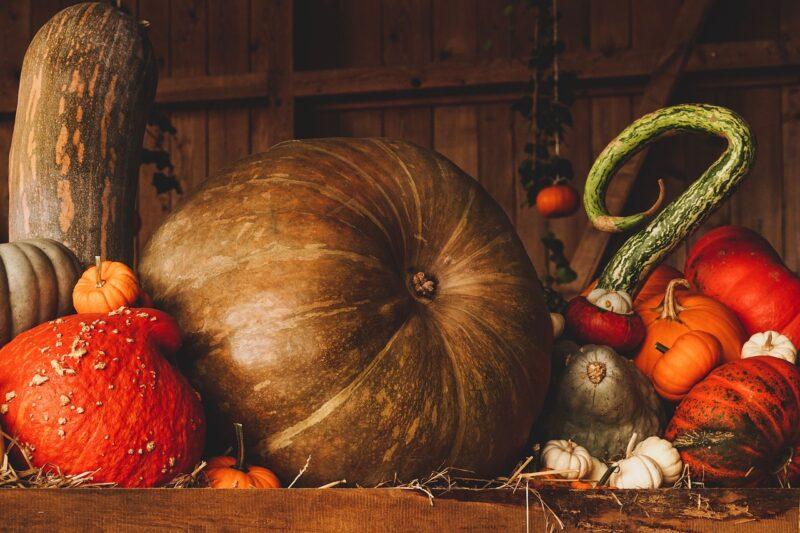The gardens are brimming with goodies, the fields are bursting with grain, and the harvest is fast approaching. Take a minute to unwind in the heat and think about the forthcoming bounty of the fall months. At Lammas, also known as Lughnasadh, it’s time to start reaping what we’ve sown over the last several months and accept that the long summer days are coming to a close.
Depending on your spiritual path, there are many different ways to celebrate Lammas, but the focus is often on either the early harvest component or the celebration of the Celtic deity Lugh. It’s the time of year when the first crops are ready to be gathered and threshed, when apples and grapes are suitable for picking, and when we’re thankful for the food on our tables.
Here are a few rituals you might wish to attempt, and know that any of them can be customized for either a solo practitioner or a small group with a little prior preparation.
- Lammas Harvest Ritual: This ritual commemorates the start of the harvest season and the cycle of rebirth, and it can be performed alone or in a group or coven environment.
- Honor Lugh of the Many Skills: Use this day to highlight your own strengths and skills and make an offering to Lugh, the god of craftsmanship.
- Lammas Prayers: Use easy seasonal prayers to commemorate Lammas, the beginning of the grain harvest.
- Decorating Your Altar: Prepare your altar for Lammas or Lughnasadh by using seasonal colors and symbols.
Lammas is a magical and exciting time. Even though the natural world is doing well around us, the knowledge that it will all end soon is always there. This is an excellent opportunity to do some household magic.
- Ash Tree Magic and Folklore: Because of its intimate link with both the Divine and wisdom, Ash may be used in a variety of spells, rituals, and other workings.
- Bread Magic: Have a look at some of the magical stories associated with bread in many nations and communities.
- Corn’s Magic: Corn has been grown, maintained, harvested, and devoured for millennia, so it’s no surprise that there are tales about its magical abilities.
- Protection Magic: Workings can be performed in various magical traditions to assure the protection of one’s house, property, and people. There are several basic techniques for performing protective magic.
- Sunflower Superstitions and Rituals: Have a look at some of the superstitions and customs associated with sunflowers from many civilizations and communities.
- Honey Magic & Folklore: Honey has a variety of magical powers.
Lammas Traditions and Customs
For thousands of years, people have celebrated the early harvest and the threshing of grain. Here are some of the practices and tales associated with the Lammas season.
- This feast can be observed either to worship the deity Lugh or to commemorate the harvest.
- Lammas is a period for warrior activities and fake battles in several countries. This may harken back to the days when a harvest celebration was celebrated and people would travel long distances to attend. What better way for young males to show off their strength and wow the ladies than by whacking away at everyone else? In honor of Lugh, the renowned Celtic craftsman deity, games and tournaments are often organized in which artisans display their best work.
- It’s become a tradition to offer folks a pair of gloves as a gift during Lammastide. It’s partly due to the approaching winter, but it’s also tied to an old practice in which landlords handed their tenants a pair of gloves after the harvest. The glove represents power and generosity.
- John Barleycorn is a figure in English mythology who represents the harvest of barley in the fall.
- Because Vulcan was connected with the destructive powers of fire, his festival was held each year amid the summer heat. (August)
As summer comes to an end and fall approaches, prepare crafts and decorations for your house that honor the outdoors and nature’s gifts.
A potluck shouts “Pagan festivity” like nothing else! Lammas, also known as Lughnasadh, is the time of year when the gardens are at their peak. From root veggies to fresh herbs, most of what you need may be found in your own backyard or at your local farmer’s market. Let’s make use of the garden’s bounty and prepare a feast to commemorate the first harvest at Lammas—and if you can’t eat bread due to gluten intolerance, there are other foods and recipes that are gluten-free.





